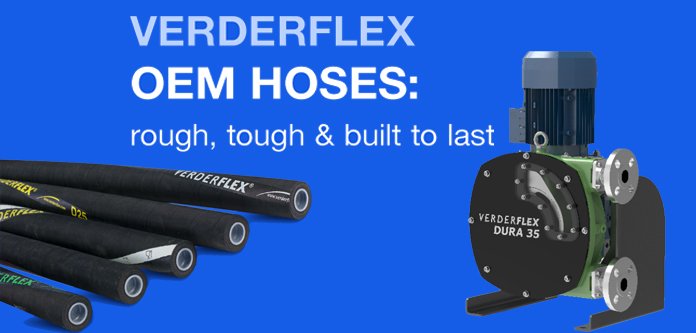In any industrial operation, achieving the delicate balance between cost efficiency and profitability is paramount. From mining to chemical and water treatment, manufacturing and more, the relentless drive for profitability, efficiency, and maximum yield are compounded by pressure to meet regulation and sustainability requirements.
In these competitive environments, companies may be tempted to resort to installing non-OEM aftermarket spare parts, in their equipment to lower purchase costs. However, the allure of upfront savings masks the substantial long-term costs and risks associated with this approach.
Equipment reliability is the linchpin of operational success. Peristaltic pumps, for example, crucial for handling aggressive and abrasive slurries, heavily rely on the integrity of their hoses. Opting for non-OEM hoses may seem like a pragmatic cost-saving measure, but it frequently leads to a chain of adverse effects that compromise production efficiency, profitability, and overall plant performance.
One of the most significant drawbacks of non-OEM hoses is compromised quality and performance. Non-OEM hoses often fail to meet the precise specifications required for peristaltic pumps, resulting in reduced pumping efficiency and premature failure due to inferior material quality. The potential consequences of such failures extend far beyond mere perceived inconvenience.
For instance, the increased likelihood of unexpected hose failures leads to additional maintenance requirements and extended downtime. Every minute spent replacing a failed hose incurs escalating downtime costs, negating any initial savings achieved by installing non-OEM hose alternatives. This not only strains the maintenance team but also jeopardises their capacity to conduct preventive maintenance on critical equipment elsewhere in the plant, potentially leading to broader operational disruptions.
From a financial standpoint, the initial cost savings of non-OEM hoses pale in comparison to the total cost of ownership of the lifecycle of the pump. Higher hose replacement frequency, increased labour for emergency repairs, and potential product losses far outweigh any upfront savings. In contrast, OEM hoses offer a superior return on investment through their longer service life and dependable performance, mitigating the risks of unplanned downtime and associated costs.
Additionally, the use of non-OEM hoses jeopardises warranties on peristaltic pumps, depriving operations of manufacturer support in the event of pump-related failures. This loss of support translates into a lack of expert guidance, hindering efforts to optimise pump performance and prolong equipment lifespan.
While the prospect of up-front cost savings with non-OEM hoses may seem compelling, the inherent risks and hidden costs they entail make them a gamble not worth taking. Achieving operational excellence necessitates a steadfast commitment to quality and reliability – qualities that OEM hoses deliver consistently. Thus, investing in OEM parts isn’t merely a matter of quality but a strategic imperative for ensuring the sustainability and profitability of plant operations in the long run.
